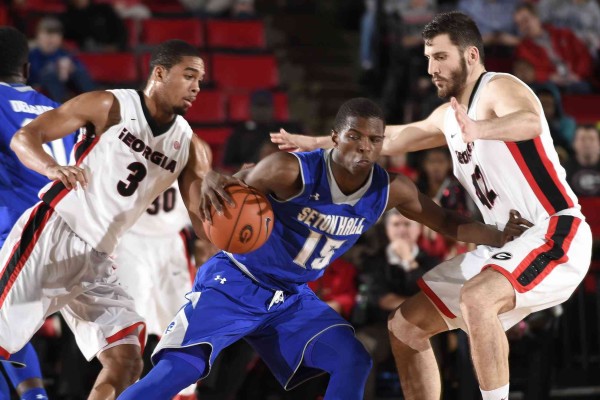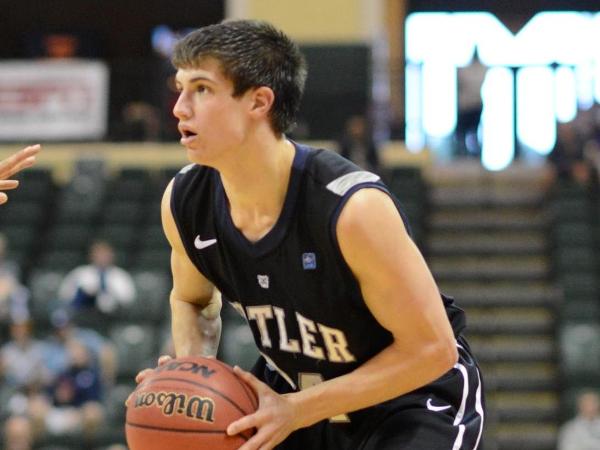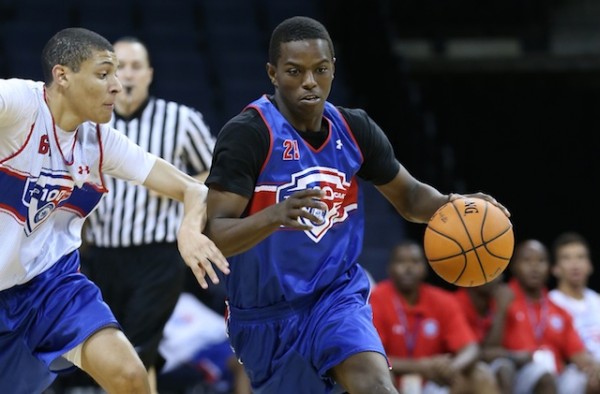Is Seton Hall Better Without Isaiah Whitehead?
Posted by Justin Kundrat on January 5th, 2015Before being diagnosed with a stress fracture in his foot, Isaiah Whitehead was Seton Hall’s second-leading scorer and team assist-leader. As a result, many pundits thought that the team, now lacking its most dynamic all-around playmaker, would flounder in its upcoming Big East tests. Instead, the exact opposite occurred. Without Whitehead available last week, Sterling Gibbs stepped up to put on two electrifying performances against St. John’s and Villanova, contributing a combined 45 points, 12 assists and just three turnovers in a pair of wins. Moreover, the team’s best offensive performance of the year (points per possession) came against St. John’s, and its defense held Villanova to its worst of the season. To be clear, nobody is doubting Whitehead’s talent or his ability to play at the next level, but with the team’s recent string of rather unexpected Big East victories, the question needs to be asked: Does Whitehead’s presence on the floor do more harm than good?
Against St. Johns, the Pirates notched 18 assists on 23 made baskets for a whopping 78.3 percent assist rate — both season highs. Freshman Angel Delgado, a force on the offensive glass, logged 13 points and 12 rebounds, with Gibbs adding 25 points and eight assists of his own. Sophomore Jaren Sina also gave his best performance of the season, shooting 4-of-8 from deep en route to 14 points. The Seton Hall offense looked incredibly fluid throughout — both in transition and in the half-court — with Gibbs and Sina knocking down outside shots in rhythm. This was in stark contrast to the team’s performances against Georgia and Wichita State, when the offense often fell stagnant and became overly reliant on Whitehead’s demonstrated ability to get to the rim.































 Who’s Got Next? is a weekly column by Sean Moran, the RTC recruiting guru. Once a week he will bring you an overview of what’s going on in the complex world of recruiting, from who is signing where among the seniors to discussing the recruitments of the top uncommitted players in the country. We also encourage you to check out his contributions at
Who’s Got Next? is a weekly column by Sean Moran, the RTC recruiting guru. Once a week he will bring you an overview of what’s going on in the complex world of recruiting, from who is signing where among the seniors to discussing the recruitments of the top uncommitted players in the country. We also encourage you to check out his contributions at 













